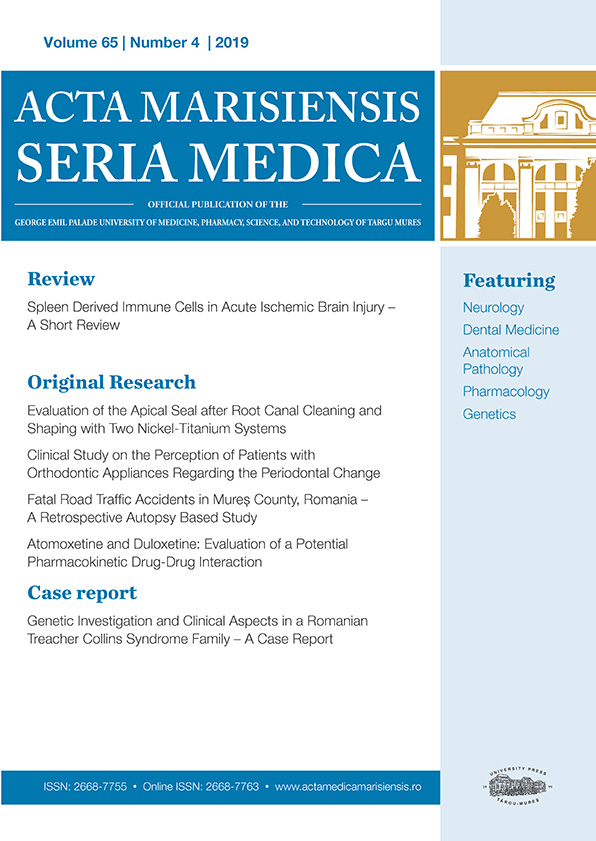The Role of Ferritin and Carboxyhemoglobin as Inflammatory Biomarkers in Sepsis and Septic Shock
Abstract
Background: While increased carbon monoxide production in sepsis is well-documented, the role of carboxyhemoglobin blood level fluctuations as a potential indicator of disease progression in sepsis remains unclear.
Objective: This study evaluates carboxyhemoglobin as a biomarker in sepsis and septic shock, comparing it with ferritin, C-reactive protein, and procalcitonin while assessing its potential as a bedside indicator for disease severity and mortality.
Material and Methods: We conducted a pilot, prospective, and observational study involving 52 patients diagnosed with sepsis or septic shock based on the SEPSIS 3 Consensus criteria. Clinical and laboratory parameters were monitored on days 1 and 5 following inclusion in the study.
Results: We observed a statistically significant variation in C-reactive protein and the severity scores for the sepsis and septic shock groups, and in carboxyhemoglobin, procalcitonin and one severity score for the survivor and non-survivor groups. In the survivor group we observed a statistically significant correlation between ferritin and the C-reactive protein, while for non-survivors, ferritin correlated with the APACHE II severity score. For all the studied groups we observed a statistically significant correlation between both studied severity scores.
Conclusions: Carboxyhemoglobin shows potential as a biomarker for monitoring sepsis progression, with its trends offering more clinical value than absolute cutoff values. Ferritin remains a dependable marker of inflammation and, when analyzed alongside carboxyhemoglobin and other known inflammatory biomarkers, provides a comprehensive view of sepsis progression, aiding in effective management.
Copyright (c) 2024 Oana Coman, Assistant lecturer. Dr., Bianca Liana Grigorescu, Associate prof. Dr., Adina Huțanu, Associate prof. Dr., Raluca Ștefania Fodor, Associate prof. Dr.

This work is licensed under a Creative Commons Attribution 4.0 International License.









